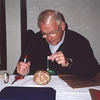Click on image for full size
NASA
Low ozone measured over north pole
News story originally written on April 8, 1997
Very low levels of ozone were measured over the Arctic during March by several
satellites. Ozone is a chemical that lies in the stratosphere and protects us
from harmful solar radiation.
Though the levels of ozone at the northern ice cap are much higher than those in
the Antarctic, they are very unusual. The levels of ozone are 40% lower than
those
measured between 1979-1982.
According to NASA scientist Dr. Pawan Bhartia,
"These are the lowest ozone values ever measured by the TOMS instruments during
late-March in the Arctic." The TOMS instrument is just one of many satellites
used by NOAA/NASA to measure ozone levels in the stratosphere. These low ozone
measurements are currently perplexing scientists across the globe. Reasons as
to why this occurring is expected to be explained soon.
You might also be interested in:

Space Shuttle Columbia lifted off today at 2:20 p.m. EST on a 16-day mission. Launch was delayed for a day due to concerns about a fuel cell that was reading higher than normal voltages. After scientists
...more
Space Shuttle Columbia landed safely yesterday afternoon, cutting short the Microgravity Sciences Laboratory-1 by 12 days. The shuttle landed at Kennedy Space Center at 2:33pm. The Microgravity Science
...more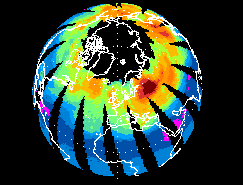
Very low levels of ozone were measured over the Arctic during March by several satellites. Ozone is a chemical that lies in the stratosphere and protects us from harmful solar radiation. Though the levels
...more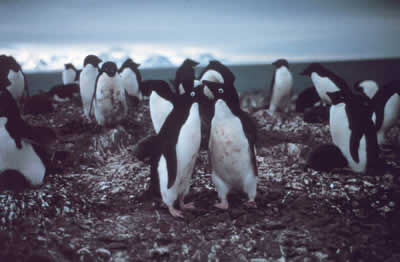
Scientists have recently discovered that thousands of Adelie Penguins thrive in patches of the chilly Southern Ocean near Antarctica's coastline. In these special areas of the ocean, called polynyas,
...more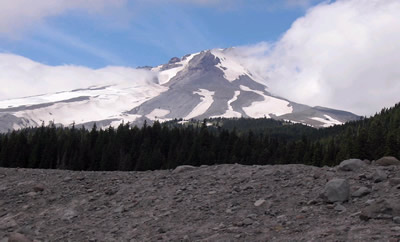
A new study has found that a mixing of two different types of magma is the key to the historic eruptions of Mount Hood, Oregon's tallest mountain, and that eruptions often happen in a relatively short
...more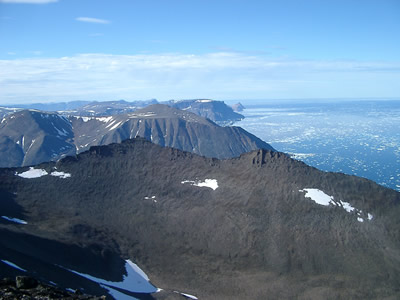
Researchers have found a primitive Earth mantle reservoir on Baffin Island in the Canadian Arctic. Geologist Matthew Jackson and his colleagues from a multi-institution collaboration report the finding--the
...more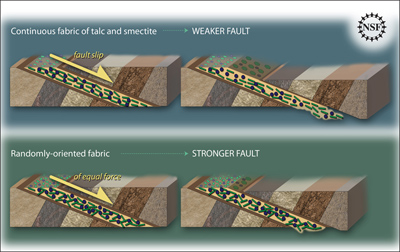
Some geologic faults that appear strong and stable, slip and slide like weak faults. Now an international team of researchers has laboratory evidence showing why some faults that 'should not' slip are
...more



